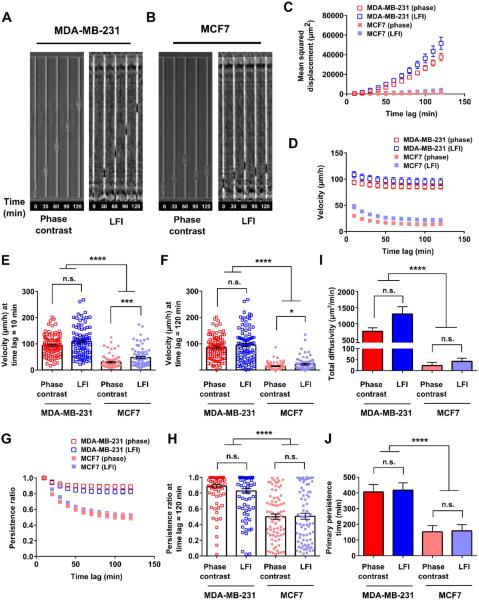Fig. 4. Phase contrast and LFI imaging platforms generate similar results for microchannel migration assays.
Time-lapse images of (A) MDA-MB-231 and (B) MCF7 breast adenocarcinoma cells migrating through 6 μm-wide, 10 μm-tall collagen type I-coated PDMS microchannels and imaged using either phase contrast microscopy (10x, 0.45 NA objective) or the LFI platform. (C) Mean squared displacements observed for the two cell types with each imaging platform. (D) Cell velocity as a function of time lag. Velocities for time lags of (E) 10 min and (F) 120 min are also shown. (G) Persistence ratio as a function of time lag. The persistence ratio at a time lag of (H) 120 min is also shown. (I) Total diffusivity observed for the two cell types with each imaging platform. (J) Primary persistence time observed for the two cell types with each imaging platform. For all metrics, cell trajectories were tracked for up to 2 h. For MDA-MB-231 cells, N=90 cells/condition, with 30 cells/experiment were analyzed from 3 independent experiments. For MCF7 cells, N=75 cells/condition, with 25 cells/experiment analyzed over 3 independent experiments. Statistical significance between phase contrast and LFI imaging results was analyzed by Mann-Whitney test. Differences between MDA-MB-231 and MCF7 cells were assessed by Kruskal-Wallis test with Dunn’s multiple comparisons post-test. n.s., difference not statistically significant; *, p<0.05; **, p<0.01; ***, p<0.001; ****, p<0.0001.

